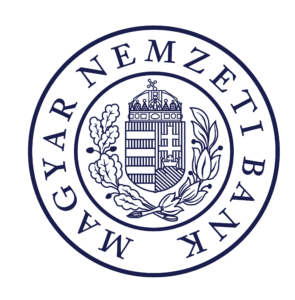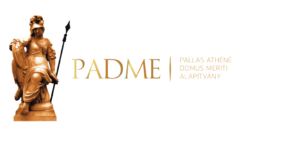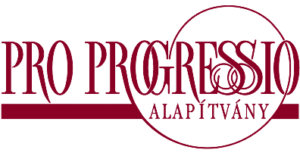Jury President
Balázs Kicsiny
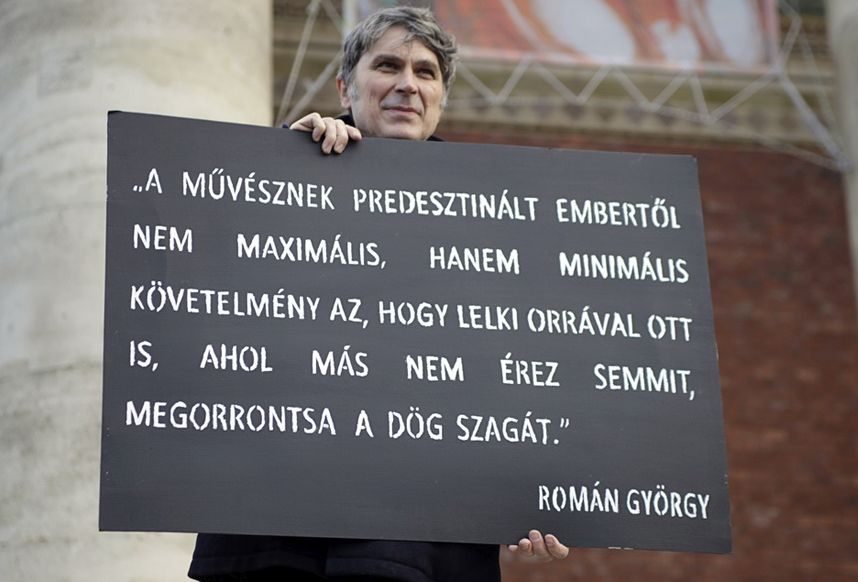
„
„Art and sciences are none less than a practice of freedom. Both are interlaced with curiosity and a desire for apprehension. Both liberate us, and both make us realise that our existence has meaning. I hope this will be the defining notion in the collaboration between artists and researchers at BME.”
Photo: Sári Ember
Balázs Kicsiny is a multi-disciplinary artist working with every form of art from
installations to videos and painting. Besides his many awards and exhibitions, he is
the leader of the Doctoral School of the Hungarian University of the Fine Arts, living
and working in Budapest.
Website: www.balazskicsiny.com
Jury Members
Tibor Bárány
„The poet Attila József says, »lyre: logic, but not science«, and although this may very well be the case, I can’t imagine anything more exciting than the conversation between art and science. How might an artist illuminate the nature of engineering and its structures of thought? What can we learn about artistic creation, when the artist approaches a subject from the perspective of technological research and information? This is not a small bet; it points us in the direction of understanding phenomena of our culture – the latter being the unity of art and science.„
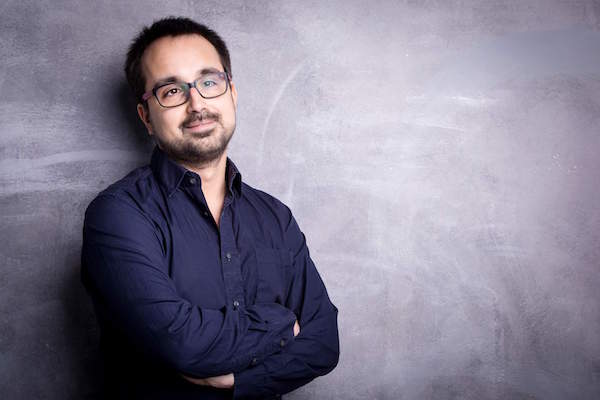
Tibor Bárány is a philosopher and critic, whose essays on the philosophy of language and the philosophy of art, are regularly published across notable papers and magazines in Hungary.
Ágnes Blaskó
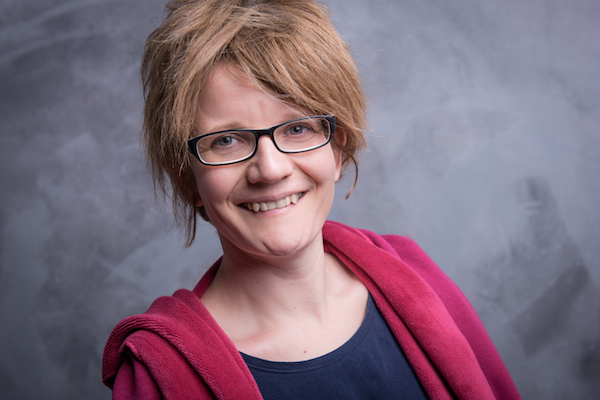
„Építkezés a különböző nézőpontokból: úgy, hogy mindenkinek az igazsága láthatóvá váljon és érvényesüljön. Egy rezidenciaprogram erre ad teret, ehhez gördíti ki a szőnyeget, amin csak körbe kell hasalni, és kezdődhet a munka. Kevés ennél fontosabb dolgot tudok elképzelni.”
Ágnes Blaskó works with sociodrama groups, and researches communication at Budapest University of Technology and Economics and at Semmelweis Medical University. She works with a diverse range of groups, helping them to recognise and change the challenging situations they encounter.
Heni Fiáth
„The practicality of engineering, the systematic approach, optimalisation and the ability to achieve maximum efficiency, can open new perspectives within the subjective and complex world of art. At the same time, artists can provoke and inspire the world of science and technology – and bring into light its limitations. The mixing of these two realities – although surely not a smooth process – can only make our world richer, and substantiate the participants’ knowledge and through that, our collective knowledge. These are the conflicts and resolving synergies I hope to see during the artist residency programme at BME.”
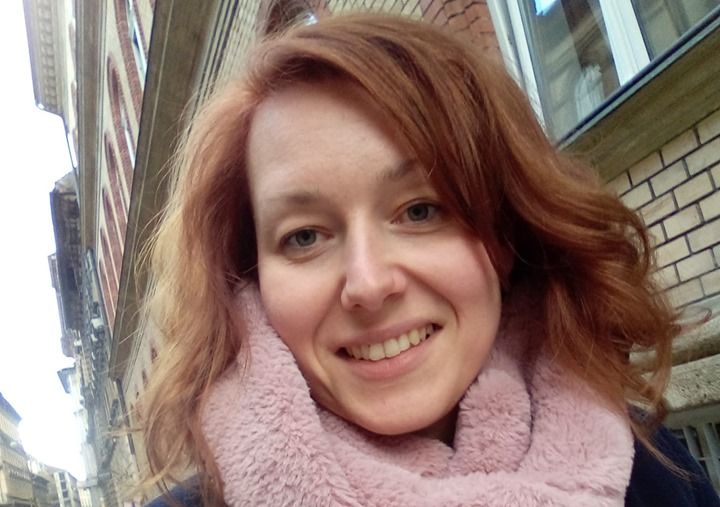
Heni Fiáth is a researcher of design culture. Apart from ten years of working in the field of engineering, she is a lecturer at BME, METU and MOME, and currently working on her doctoral thesis, researching the relations of design and democracy.
László Vajta
Delegate of Pro Progressio Foundation
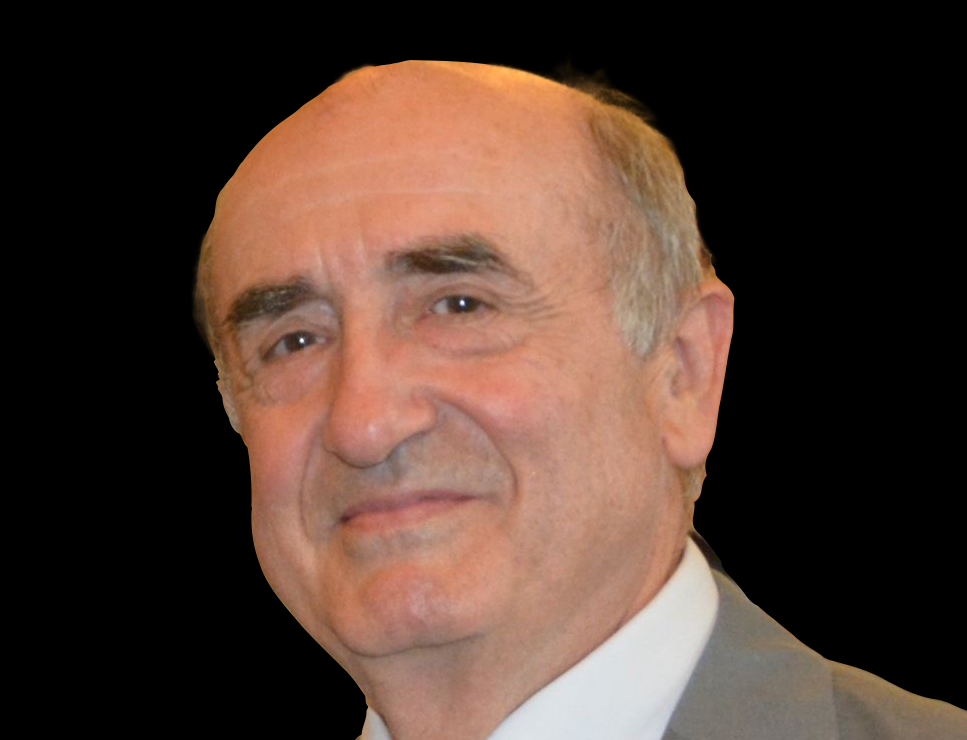
„Technical and engineering works and their scientific details show many similarities to artistic creations. Fractals are visualisations of mathematical formulas, while they are esthetical images at the same time. During programming, realising the algorithm is a goal, but so it is to achieve an elegant and beautiful result. In human machine relationships, influencing emotions is a determinative aspect. Web design is craftsmanship – and we could go on. A great scientist or engineer is also a sensitive artist; and artists are usually interested in natural sciences. This residency program will encourage scientific and engineering works to form a connection with the arts, and hopefully this will result in creations which will confirm the above-mentioned truths.”
László Vajta is an electrical engineer who specialises in control engineering, computer image processing, robotics, industrial IT and energetics IT. Besides holding many notable positions at BME, he has received a high number of awards in connection to his scientific work.
